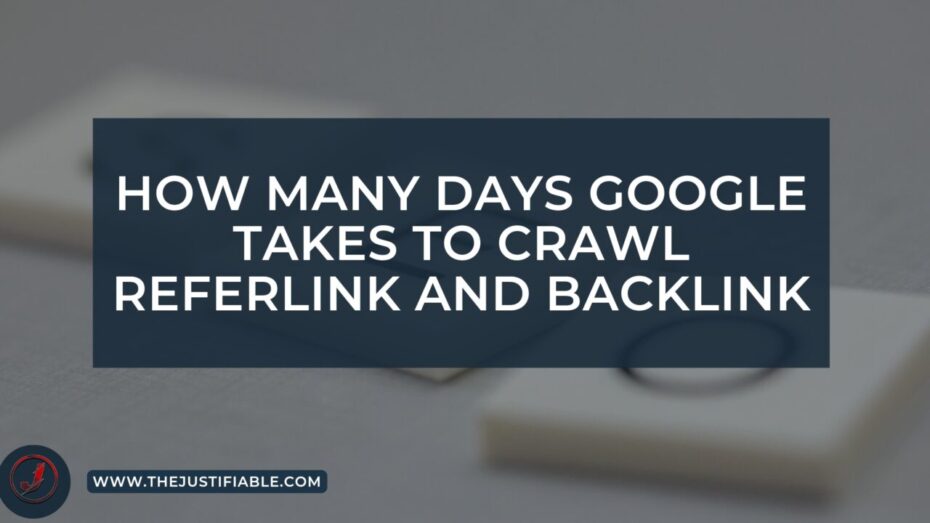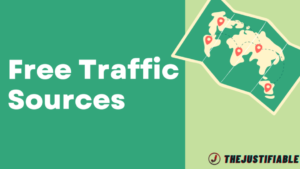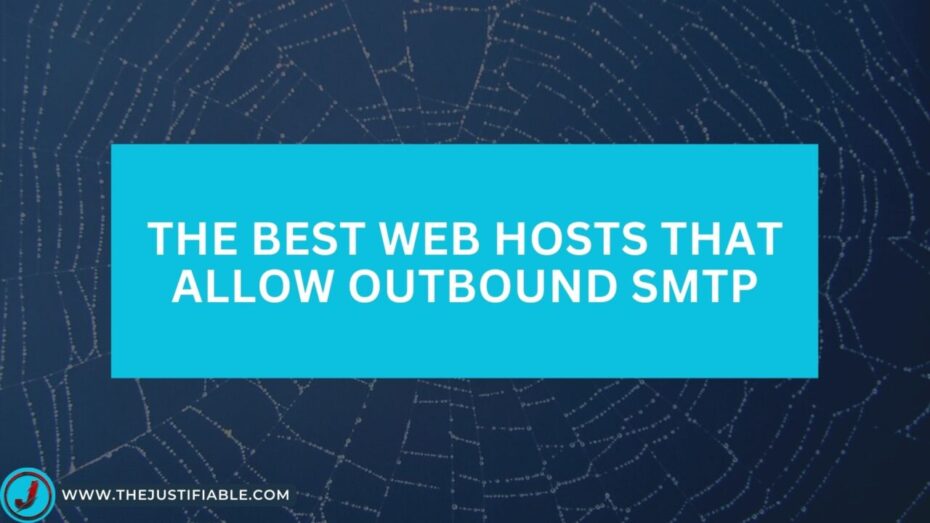How many days google takes to crawl referlink and backlink! Google is the world’s most popular search engine, and its crawlers are constantly scouring the web for new content to index.
However, if you’re a website owner, you may be wondering how long it takes for Google to crawl your site’s referlinks and backlinks.
In this comprehensive guide, we’ll explore everything you need to know about how Google crawls referlinks and backlinks, including how long it takes, factors that can affect crawl time, and how to check if your links have been crawled.
Understanding Crawl and Indexing
Before we dive into the specifics of referlinks and backlinks, it’s important to understand the basics of how Google crawls and indexes websites.
Crawling is the process by which Google’s web crawlers (also known as Googlebots) scan websites for new or updated content. These bots follow links from one page to another, indexing any content they find along the way.
Once a page has been crawled, it’s added to Google’s index, which is essentially a massive database of all the content that Google has found on the web.
When a user enters a search query, Google’s algorithms search the index to find relevant results, which are then ranked based on various factors like content quality, relevance, and authority.
What are Referlink and Backlinks?
Now that we have a basic understanding of how Google crawls and indexes websites, let’s explore what referlinks and backlinks are.
A referlink (also known as a referral link) is a hyperlink on one website that directs users to another website. When a user clicks on a referlink, they’re taken to the destination website. Referlinks are often used as a way to drive traffic to a website, but they can also have SEO benefits if they come from high-quality, relevant websites.
Backlinks, on the other hand, are hyperlinks on other websites that point to your website. These are also known as inbound links or incoming links. Backlinks are important for SEO because they signal to Google that other websites consider your content to be valuable and relevant.
The more high-quality backlinks you have pointing to your site, the more authority and credibility Google will assign to your content.
Importance of Crawl and Indexing for SEO
Crawl and indexing are critical components of SEO because they determine whether your content will appear in search results. If Google can’t crawl your website or your content isn’t indexed, it won’t show up in search results, which means you’ll miss out on potential traffic and customers.
Additionally, crawl and indexing are important for ensuring that your website’s content is up to date and relevant. If Google isn’t crawling your site frequently enough, it may miss important updates or changes to your content, which can negatively impact your rankings and user experience.
How Google Crawls Websites
Now that we’ve covered the basics of crawl and indexing, let’s take a closer look at how Google crawls websites.
Googlebot
Googlebot is the name for Google’s web crawlers, which are automated programs that scour the web for new content. Googlebot uses a variety of algorithms to determine which pages to crawl and how often to crawl them.
Crawling Frequency
The frequency at which Google crawls your site depends on a variety of factors, including the size and complexity of your site, the frequency at which you update your content, and the number of inbound links you have. Generally speaking, larger and more complex sites will be crawled less frequently than smaller, simpler sites.
Google Crawl Budget
Another factor that can impact Google’s crawling frequency is your site’s crawl budget. Your crawl budget is essentially the number of pages on your site that Googlebot is willing to crawl in a given period of time.
If your site has a lot of pages, Google may not be able to crawl all of them within a single crawl session, which can slow down your crawl rate.
Understanding Referlink and Backlinks
Now that we understand how Google crawls websites, let’s take a closer look at referlinks and backlinks.
What is a Referlink?
A referlink is a hyperlink on one website that directs users to another website. Referlinks can be a powerful tool for driving traffic to your site, but they can also have SEO benefits if they come from high-quality, relevant websites. When Google crawls a referlink, it follows the link to the destination site, indexing any content it finds along the way.
What are Backlinks?
Backlinks are hyperlinks on other websites that point to your website. These are also known as inbound links or incoming links. Backlinks are important for SEO because they signal to Google that other websites consider your content to be valuable and relevant.
When Google crawls a backlink, it follows the link back to your site, indexing any content it finds along the way.
Types of Backlinks
There are several types of backlinks, including:
- Editorial links: These are links that are naturally embedded within the content of another website, usually because the content is relevant and valuable.
- Guest blogging links: These are links that are embedded within a guest blog post that you’ve written for another website.
- Resource page links: These are links that are included on a resource page that lists helpful resources related to a particular topic or industry.
- Directory links: These are links that are included in online directories, such as business directories or web directories.
How Long Does Google Take to Crawl Referlink and Backlinks
Now that we understand what referlinks and backlinks are, let’s explore how long it takes Google to crawl them.
Factors Affecting Crawl Time
The amount of time it takes Google to crawl your referlinks and backlinks can vary depending on a variety of factors, including:
- The quality and relevance of the linking site: If the site linking to your site is high-quality and relevant to your content, Google may crawl the link more quickly.
- The number of links on the linking site: If the site linking to your site has a large number of outbound links, Google may crawl the link more slowly.
- The size and complexity of your site: If your site is large and complex, it may take Google longer to crawl your referlinks and backlinks.
- Your site’s crawl budget: If your site has a limited crawl budget, it may take longer for Google to crawl all of your referlinks and backlinks.
Average Crawl Time
There is no definitive answer to how long it takes Google to crawl referlinks and backlinks, as it can vary widely depending on the factors mentioned above. However, in general, it can take anywhere from a few days to several weeks for Google to crawl and index new links.
Monitoring Crawl Activity
If you’re interested in monitoring Google’s crawl activity on your site, you can use tools like Google Search Console to view crawl statistics and see which pages are being crawled most frequently. This can help you identify any issues with your site’s crawlability and make adjustments as needed to improve your SEO.
How to Speed up Google Crawling Referlink and Backlinks
To speed up the crawling of your referlinks and backlinks, you can:
- Build high-quality backlinks from authoritative and relevant sites.
- Use social media to promote your content and increase its visibility.
- Submit a sitemap to Google Search Console to help Google understand the structure of your site.
- Use internal linking to help Google discover new content on your site.
- Make sure your site has a fast loading speed and is mobile-friendly.
How to Check Google Crawling Referlink and Backlinks
To check if Google has crawled your referlinks and backlinks, you can use tools like Google Search Console, Ahrefs, and SEMrush. These tools can show you which pages on your site have been indexed by Google and which external links are pointing to your site.
Importance of Crawl Time for SEO
The crawl time of your site can have a significant impact on your SEO performance in several ways.
Impact on Rankings
If Google crawls your site less frequently, it may take longer for new content to be indexed, which can impact your rankings. Additionally, if Google is unable to crawl your site due to technical issues, this can also negatively impact your rankings.
Impact on Traffic
The crawl time of your site can also impact your traffic. If Google is slow to crawl your site, new content may not appear in search results as quickly, which can lead to a decrease in traffic.
Impact on User
Experience Finally, the crawl time of your site can impact the user experience. If users are unable to find your content in search results quickly, they may become frustrated and leave your site. Additionally, slow loading speeds can also negatively impact the user experience.






